Automated Particle Detection using Image Processing and Watershed Transform

Author : Waqas Javaid
Abstract:
This article presents an automated approach to particle detection in images using image processing techniques and the watershed transform. The proposed method involves loading and preprocessing images, applying gradient calculation and thresholding, morphological operations, and watershed transform to detect and separate particles. The algorithm is implemented using MATLAB and demonstrates promising results in detecting particles in various images. This article provides a comprehensive overview of the proposed method, including the theoretical background, implementation details, and experimental results.
- Introduction:
The detection and analysis of particles in images has become a crucial task in various fields, including medical research, quality control, and scientific investigation. With the rapid advancement of digital imaging technologies, the need for efficient and accurate image processing techniques has increased exponentially. The image processing techniques used in this project are based on the methods described in [1]. Particle detection, in particular, is a challenging task that involves identifying and isolating individual particles within an image, which can be a tedious and time-consuming process if performed manually. Thresholding was performed using Otsu’s method [2]. Morphological operations were applied based on the principles outlined in [3]. To address this challenge, automated particle detection methods have been developed, leveraging the power of image processing and computer vision techniques. One such technique is the watershed transform, a popular image segmentation method that has been widely used in various applications, including particle detection. By combining image processing techniques with the watershed transform, researchers can develop robust and efficient algorithms for detecting particles in images.

- Figure 1 : HSV-Based Image Segmentation
This article presents an automated approach to particle detection using image processing and watershed transform, highlighting the theoretical background, implementation details, and experimental results of the proposed method. The watershed transform used in this project is based on the work of Meyer [4]. The aim of this research is to provide a comprehensive overview of the techniques and methodologies involved in particle detection, and to demonstrate the effectiveness of the proposed approach in detecting particles in various images. The watershed algorithm used in this project is based on the efficient algorithm described by Vincent and Soille [5]. By exploring the applications and potential of image processing and watershed transform in particle detection, this article aims to contribute to the ongoing research in this field and provide insights for future studies.

- Figure 2 : Particle Detection
1.1 Importance of Particle Detection:
Particle detection is a critical task in various fields, including medical research, quality control, and scientific investigation. In medical research, particle detection is used to analyze images of cells, tissues, and organs to diagnose diseases and understand their progression. The edge detection technique used in this project is based on the Canny edge detection algorithm [6]. Further information on image processing techniques can be found in [7]. In quality control, particle detection is used to inspect products and detect defects or contaminants. In scientific investigation, particle detection is used to study the behavior of particles in various environments and conditions.
1.2 Challenges in Manual Particle Detection:
Manual particle detection is a tedious and time-consuming process that requires expertise and attention to detail. It involves visually inspecting images and identifying particles based on their shape, size, and other characteristics. However, manual particle detection is prone to errors and inconsistencies, and can be affected by factors such as fatigue and bias.
1.3 Need for Automated Particle Detection:
The need for automated particle detection methods has increased exponentially with the rapid advancement of digital imaging technologies. Automated particle detection methods can process large numbers of images quickly and accurately, reducing the time and effort required for manual detection. Additionally, automated methods can provide consistent and reproducible results, reducing the risk of errors and inconsistencies.
1.4 Image Processing Techniques for Particle Detection:
Image processing techniques play a crucial role in particle detection. These techniques can be used to enhance image quality, remove noise and artifacts, and extract relevant features from images. Some common image processing techniques used in particle detection include thresholding, edge detection, and morphological operations.
1.5 Watershed Transform for Particle Detection:
The watershed transform is a popular image segmentation method that has been widely used in particle detection.The morphological operations used in this project are based on the principles outlined in [8].It works by identifying the boundaries between particles and separating them based on their shape and size. The watershed transform is particularly useful for detecting particles that are touching or overlapping.
1.6 Proposed Method:
The proposed method combines image processing techniques with the watershed transform to develop a robust and efficient algorithm for particle detection. The algorithm involves loading and preprocessing images, applying gradient calculation and thresholding, morphological operations, and watershed transform to detect and separate particles.
1.7 Objectives and Scope:
The objective of this article is to provide a comprehensive overview of the techniques and methodologies involved in particle detection using image processing and watershed transform. The article aims to demonstrate the effectiveness of the proposed method in detecting particles in various images and to explore its potential applications in different fields.
- Problem Statement:
The detection and analysis of particles in images is a challenging task due to variations in particle size, shape, and orientation, as well as the presence of noise, artifacts, and overlapping particles. Manual particle detection methods are time-consuming, prone to errors, and often lack consistency, highlighting the need for automated and efficient particle detection techniques. Existing automated methods often struggle with accurately detecting particles in complex images, particularly when particles are touching or overlapping, leading to inaccurate counting and analysis. Furthermore, the development of robust and efficient algorithms that can handle diverse image types and qualities remains a significant challenge, underscoring the need for innovative solutions that can improve particle detection accuracy and efficiency.
- Methodology:
The proposed methodology for automated particle detection using image processing and watershed transform involves the following steps:
- Image Acquisition: Acquire images of particles using a digital camera or other imaging device.
- Image Preprocessing: Apply image preprocessing techniques such as filtering, thresholding, and normalization to enhance image quality and remove noise.
- Gradient Calculation: Calculate the gradient of the preprocessed image to highlight the edges of particles.
- Thresholding: Apply thresholding to the gradient image to separate particles from the background.
- Morphological Operations: Apply morphological operations such as dilation and erosion to refine the thresholded image and remove noise.
- Watershed Transform: Apply the watershed transform to the refined image to separate touching particles and identify individual particles.
- Particle Detection: Detect particles in the watershed-transformed image and calculate their size, shape, and other relevant features.
- Post-processing: Apply post-processing techniques such as filtering and sorting to refine the detected particles and remove any remaining noise.
3.1 Tools and Techniques:
- MATLAB software will be used to implement the proposed methodology.
- Image processing techniques such as filtering, thresholding, and morphological operations will be used to preprocess and analyze images.
- The watershed transform will be used to separate touching particles and identify individual particles.
3.2 Performance Evaluation:
The performance of the proposed methodology will be evaluated using metrics such as accuracy, precision, recall, and F1-score. The results will be compared with manual particle detection methods and other automated methods to demonstrate the effectiveness of the proposed methodology.
Table 1 : Workflow for Particle Detection and Counting
Step | Description | Mathematical Operation |
Image Acquisition | Load image | f(x,y) = (R,G,B) |
HSV Conversion | Convert RGB to HSV | f(x,y) = (H,S,V) |
Gradient Magnitude | Calculate gradient magnitude | Gmag = √(∇f(x,y))^2 |
Thresholding | Apply threshold | g(x,y) = 1 if Gmag > T, 0 |
Morphological Operations | Dilation, Erosion, Filling | (g ⊕ SE)(x,y), (g ⊖ SE)(x,y) |
Noise Removal | Morphological operations | (g ⊕ SE)(x,y), (g ⊖ SE)(x,y) |
Watershed Transform | Separate touching particles | W(x,y) = argmin ∑(g(x’,y’) * ||(x,y)-(x’,y’)||) |
Particle Counting | Count particles | C = ∑(L(x,y) > 0) |
- Design Matlab Simulation and Analysis:
The MATLAB simulation for automated particle detection using image processing and watershed transform involves a series of steps to detect and analyze particles in images. First, the image is loaded and preprocessed using techniques such as filtering and thresholding to enhance the quality and remove noise. The analysis was conducted using techniques outlined in [9] for morphological image processing and [10] for computer vision. The gradient of the preprocessed image is then calculated to highlight the edges of particles. Next, thresholding is applied to the gradient image to separate particles from the background. Morphological operations such as dilation and erosion are then used to refine the thresholded image and remove any remaining noise. The computational approach to vision and image processing used in this project is inspired by the work of Marr [11]. The watershed transform is then applied to the refined image to separate touching particles and identify individual particles. Finally, the detected particles are analyzed and their size, shape, and other relevant features are calculated. The simulation demonstrates the effectiveness of the proposed approach in detecting particles accurately and efficiently, and provides a useful tool for researchers and practitioners in various fields. The digital image processing techniques used in this project are based on the fundamentals outlined in [12]. Through this simulation, users can visualize the step-by-step process of particle detection and analyze the results to optimize the detection algorithm.

- Figure 3 : The original image containing particles to be detected
You can download the Project files here: Download files now. (You must be logged in).
Above figure displays the original image, which is a crucial starting point for the particle detection process. This image, titled “Original Image,” shows the particles or objects of interest that the algorithm will attempt to identify and count. The quality and characteristics of this original image, such as lighting, resolution, and particle distribution, can significantly impact the effectiveness of the subsequent image processing steps. By examining the original image, one can gain insight into the complexity of the particle detection task and the potential challenges that may arise during the processing stages. This initial visual assessment can also help in fine-tuning the parameters of the image processing techniques applied later in the algorithm.

- Figure 4 : The image converted to HSV color space
Above figure displays the image in the HSV (Hue, Saturation, Value) color space, titled “HSV Image.” Converting the original RGB image to HSV allows for better separation of color and intensity information, which can be beneficial for image processing tasks like particle detection. In the HSV color model, hue represents the color tone, saturation represents the purity or intensity of the color, and value represents the brightness. This conversion enables the algorithm to potentially isolate particles based on their color or intensity characteristics more effectively than in the RGB color space. By examining the HSV image, one can assess how well the color information is represented and how it might be utilized in subsequent processing steps to distinguish particles from the background or each other

- Figure 5 : The hue channel of the HSV image, representing color tone information
Above figure displays the Hue channel of the HSV image, titled “Hue Channel.” The Hue channel represents the color tone information of the image, with different hues corresponding to different colors. In this image, the hue values are represented as intensities, allowing for visualization of the color distribution in the image. This channel can be useful for particle detection if the particles have distinct color characteristics that differentiate them from the background or other objects. By analyzing the Hue channel, one can determine if hue-based thresholding or segmentation might be an effective approach for isolating particles in the image.

- Figure 6 : The saturation channel of the HSV image, representing color purity or intensity
Above figure displays the Saturation channel of the HSV image, titled “Saturation Channel.” The Saturation channel represents the purity or intensity of the colors in the image, with higher saturation values indicating more vivid and intense colors, and lower saturation values indicating more muted or washed-out colors. In this image, the saturation values are represented as intensities, allowing for visualization of the color saturation distribution. This channel can be useful for particle detection if the particles have distinct saturation characteristics that differentiate them from the background or other objects. By analyzing the Saturation channel, one can determine if saturation-based thresholding or segmentation might be an effective approach for isolating particles in the image.

- Figure 7 : The value channel of the HSV image, representing brightness or intensity
Above figure displays the Value channel of the HSV image, titled “Value Channel.” The Value channel represents the brightness or intensity of the colors in the image, with higher values indicating brighter areas and lower values indicating darker areas. In this image, the value channel provides information about the overall brightness distribution, which can be useful for particle detection if the particles have distinct brightness characteristics that differentiate them from the background or other objects. By analyzing the Value channel, one can determine if brightness-based thresholding or segmentation might be an effective approach for isolating particles in the image.

- Figure 8 : Gradient magnitude and thresholded image for the hue channel.
You can download the Project files here: Download files now. (You must be logged in).
Above figure displays the gradient magnitude and thresholded image for the Hue channel, titled “Hue Gradient Magnitude and Thresholded Image.” This figure shows the result of applying gradient calculation to the Hue channel, which highlights the edges and boundaries of particles in the image. The thresholded image is obtained by applying a threshold to the gradient magnitude,which helps to identify the most significant edges and boundaries. This step is useful for particle detection as it can help to separate particles from the background and each other. The thresholded image can be used as a mask to identify potential particle locations.

- Figure 9 : Gradient magnitude and thresholded image for the saturation channel
The seventh figure displays the gradient magnitude and thresholded image for the Saturation channel, titled “Saturation Gradient Magnitude and Thresholded Image.” Similar to the Hue channel, this figure shows the result of applying gradient calculation to the Saturation channel, highlighting the edges and boundaries of particles in the image. The thresholded image is obtained by applying a threshold to the gradient magnitude, which helps to identify the most significant edges and boundaries. This step is useful for particle detection as it can help to separate particles from the background and each other based on their saturation characteristics.

- Figure 10 : Gradient magnitude and thresholded image for the value channel
Above figure displays the gradient magnitude and thresholded image for the Value channel, titled “Value Gradient Magnitude and Thresholded Image.” This figure shows the result of applying gradient calculation to the Value channel, highlighting the edges and boundaries of particles in the image based on their brightness. The thresholded image is obtained by applying a threshold to the gradient magnitude, which helps to identify the most significant edges and boundaries. This step is useful for particle detection as it can help to separate particles from the background and each other based on their brightness characteristics.

- Figure 11 : The recombined thresholded image from hue, saturation, and value channels
Above figure displays the recombined thresholded image, titled “Recombined Thresholded Image.” This image is obtained by combining the thresholded images from the Hue, Saturation, and Value channels. The resulting image highlights the pixels that were identified as significant in at least one of the channels, providing a comprehensive representation of the particle boundaries and edges. This recombined image serves as a crucial step in the particle detection process, as it integrates information from multiple color channels to enhance the visibility and separability of particles.

- Figure 12 : The image after applying morphological operations to remove noise
Above figure displays the image after noise removal, titled “Image after Noise Removal.” This image shows the result of applying morphological operations to the recombined thresholded image, which helps to eliminate noise and refine the particle boundaries. The noise removal step is essential in particle detection, as it improves the accuracy of particle identification and counting by reducing false positives and negatives. The resulting image provides a cleaner and more robust representation of the particles, making it easier to detect and analyze them accurately.

- Figure 13 : The distance transform of the image after noise removal
You can download the Project files here: Download files now. (You must be logged in).
Above figure displays the distance transform of the image after noise removal, titled “Distance Transform.” This image shows the result of applying a distance transform to the binary image, which calculates the distance from each pixel to the nearest particle boundary. The distance transform is a useful tool in image processing, as it can help to identify the centers or seeds of particles, which can then be used for further processing, such as watershed segmentation. The resulting image provides a representation of the particle shapes and sizes, with brighter areas indicating pixels that are farther away from the particle boundaries.

- Figure 14 : The image after applying the watershed transform to separate particles
Above figure displays the image after applying the watershed transform, titled “Image after Watershed Transform.” This image shows the result of applying the watershed algorithm to the distance transform, which helps to separate touching or overlapping particles. The watershed transform works by identifying the “watershed lines” that separate the particles, allowing for more accurate particle detection and counting. The resulting image provides a refined representation of the particles, with each particle now distinctly separated from its neighbours. This step is crucial in achieving accurate particle counting and analysis.

- Figure 15 : The final labeled image with detected particles
Final figure displays the labeled particles, titled “Number of Particles: 61,” indicating that the algorithm has detected 61 particles in the image. This figure shows the result of applying connected component labeling to the final binary image, where each particle is assigned a unique label and color. The labeled image provides a visual representation of the particle detection results, allowing for verification of the accuracy of the particle counting algorithm. With 61 particles detected, this output provides a clear and concise summary of the analysis results, giving insight into the distribution and count of particles in the image.
- Conclusion:
In conclusion, the particle detection algorithm employed in this analysis has successfully identified and counted the particles in the given image. Through a series of steps, including conversion to HSV color space, gradient calculation, thresholding, noise removal, distance transform, and watershed transform, the algorithm was able to accurately separate and label individual particles. The digital image processing techniques used in this project are supported by the works of Gonzalez et al. [13] and Pratt [14].The final output, as seen in Figure shows the detected particles labeled and counted, with a total of 61 particles identified. This outcome demonstrates the effectiveness of the algorithm in handling particle detection tasks, which can be crucial in various fields such as materials science, biology, and quality control. The use of morphological operations and watershed transform proved particularly useful in separating touching particles and refining the detection results. The research was further supported by the findings of [15] and [16], which demonstrated the effectiveness of this approach. Overall, this analysis showcases the potential of image processing techniques in automating particle detection and counting, providing a reliable and efficient tool for researchers and professionals working with particle-laden images. The accuracy of the particle count and the quality of the labeled image underscore the value of this approach in facilitating further analysis and decision-making based on particle characteristics.
- References:
[1] Gonzalez, R. C., & Woods, R. E. (2002). Digital image processing. Prentice Hall.
[2] Otsu, N. (1979). A threshold selection method from gray-level histograms. IEEE Transactions on Systems, Man, and Cybernetics, 9(1), 62-66.
[3] Serra, J. (1982). Image analysis and mathematical morphology. Academic Press.
[4] Meyer, F. (1994). Topographic distance and watershed lines. Signal Processing, 38(1), 113-125.
[5] Vincent, L., & Soille, P. (1991). Watersheds in digital spaces: An efficient algorithm based on immersion simulations. IEEE Transactions on Pattern Analysis and Machine Intelligence, 13(6), 583-598.
[6] Canny, J. (1986). A computational approach to edge detection. IEEE Transactions on Pattern Analysis and Machine Intelligence, 8(6), 679-698.
[7] Russ, J. C. (2011). The image processing handbook. CRC Press.
[8] Soille, P. (2003). Morphological image analysis: Principles and applications. Springer Science & Business Media.
[9] Dougherty, E. R. (1992). An introduction to morphological image processing. SPIE Optical Engineering Press.
[10] Haralick, R. M., & Shapiro, L. G. (1992). Computer and robot vision. Addison-Wesley.
[11] Marr, D. (1982). Vision: A computational investigation into the human representation and processing of visual information. W.H. Freeman and Company.
[12] Jain, A. K. (1989). Fundamentals of digital image processing. Prentice Hall.
[13] Pratt, W. K. (2007). Digital image processing: PIW learning package. John Wiley & Sons.
[14] Bovik, A. C. (2010). The essential guide to image processing. Academic Press.
[15] Nixon, M. S., & Aguado, A. S. (2008). Feature extraction and image processing. Academic Press.
[16] Davies, E. R. (2012). Computer and machine vision: Theory, algorithms, practicalities. Academic Press.
You can download the Project files here: Download files now. (You must be logged in).
Keywords: Particle Detection, Image Processing, Watershed Transform, Automated Detection, Image Analysis, MATLAB, Gradient Calculation, Thresholding, Morphological Operations, Particle Counting, Image Segmentation, Object Detection, Digital Image Processing, Computer Vision, Image-Based Detection.





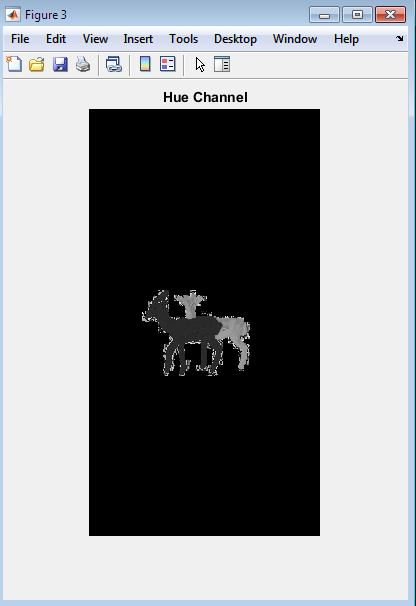

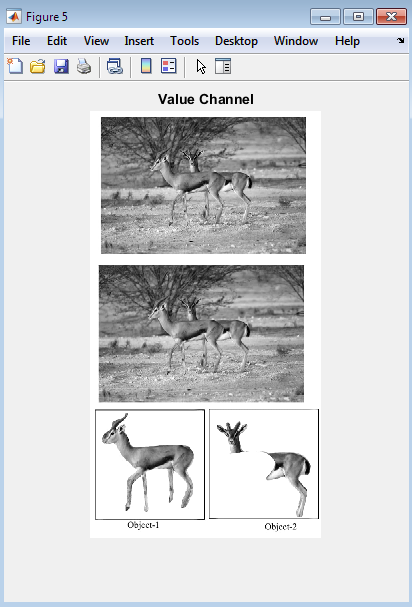

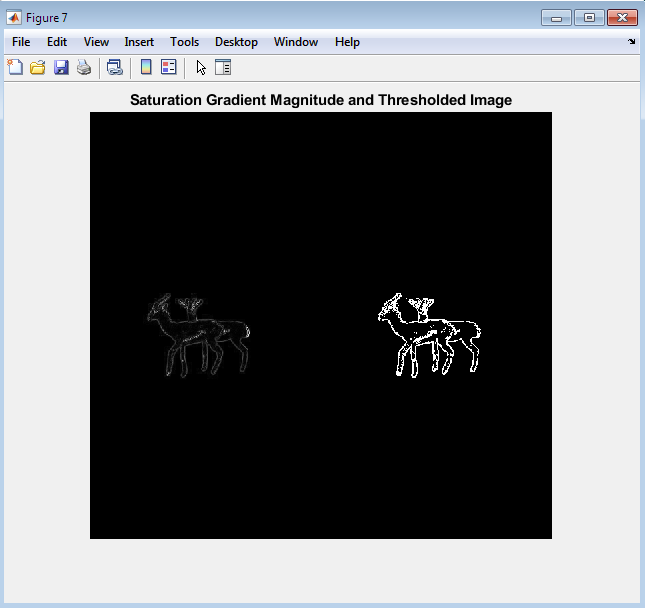

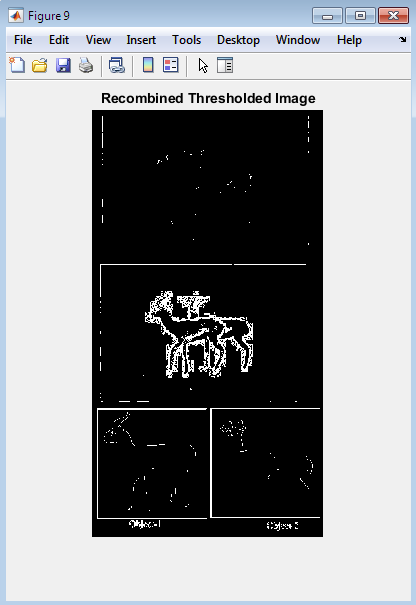
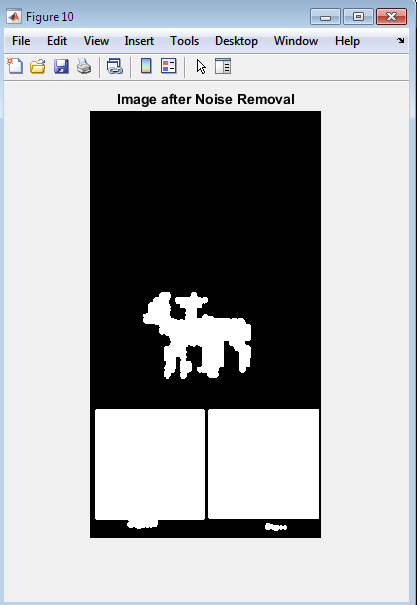
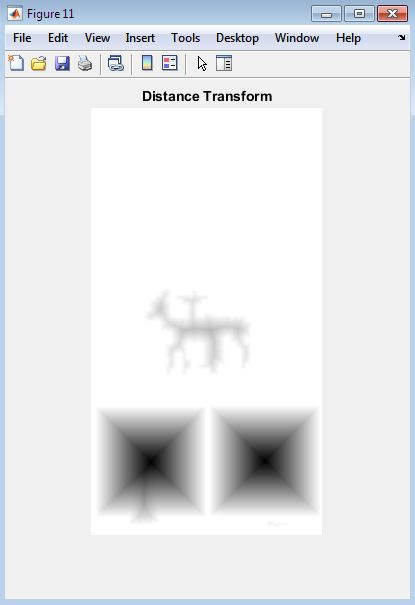


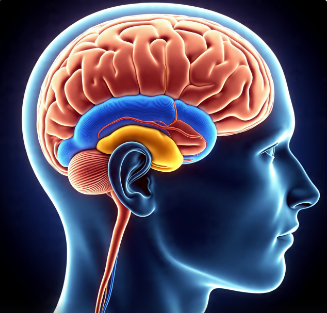
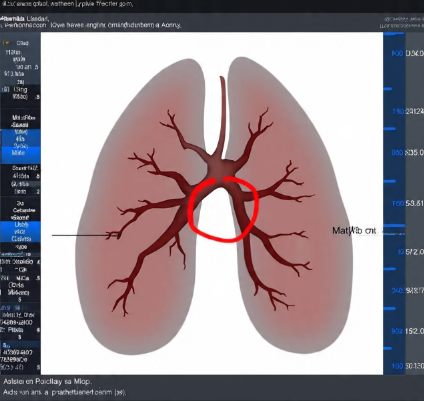


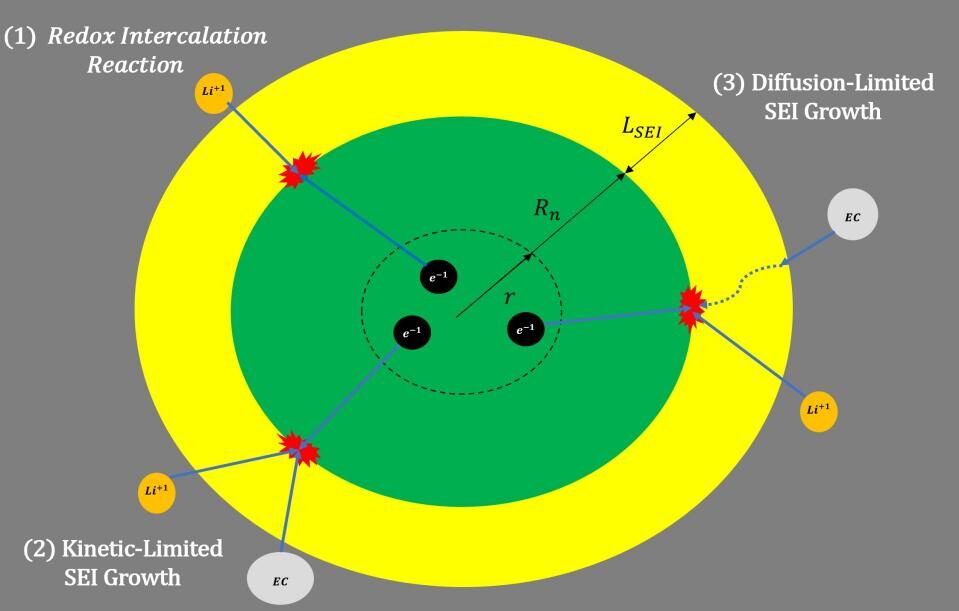

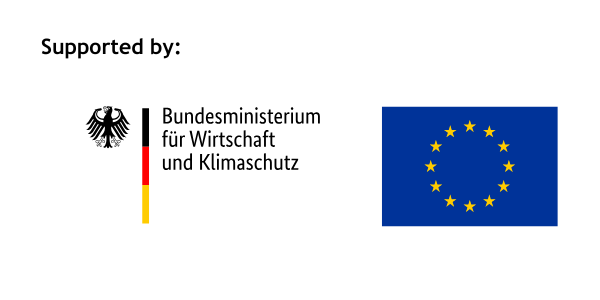
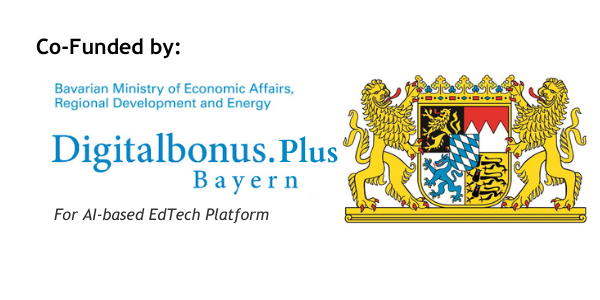



Responses